Padaliai-Čiobiškis Ferry
The river-powered ferry dates back to 1970s.
While most ferries used to carry vehicles or pedestrians across a river are powered by a motor or paddles, the Padaliai-Čiobiškis ferry is one of only a handful of its kind in Lithuania that harnesses only the river current.
Historical sources mention a ferry used to cross the river Neris at this location as far back as the 19th century. In 1912, the occupying Tsarist Government decided to construct a bridge at this spot instead. However, as the First World War broke out, the retreating Russian army blew up the bridge before it could be completed to prevent the Germans from using it. In 1915, the Germans built a wooden bridge here, but it proved unreliable due to the spring thaw.
With Lithuania regaining its independence in 1918, President Smetona opted for a ferry service instead of the bridge. However, in the 1940s, Lithuania was once again occupied by the Soviets, who assumed control of the ferry operations. In 1978, a metal ferry replaced a previous wooden one, but in time it was abandoned. After Lithuania regained its independence in the 1990s, a local man named Gediminas Dzeventauskas purchased the ferry, restored it, and reinstated its operations.
The ferry consists of a platform mounted on floating pontoons, securely tethered to a robust steel cable. The river’s current propels the ferry forward, while the cable prevents it from drifting away. The ferry operator manages a rudder, which must be maintained at a specific angle. Following the crossing, the rudder’s orientation is reversed for the return journey.
Today, the ferry operates from spring to late November each year, carrying several vehicles to the opposite shore at a time. The journey typically takes around 5 minutes, though the speed depends on factors such as wind, currents, and even biofouling. The voyage itself offers an engaging experience, and the ferryman, Gediminas, is an extraordinary individual with a wealth of stories to share.
Know Before You Go
The ferry operates exclusively during the summer season. The cost of crossing varies, typically ranging from a few to several Euros per vehicle, depending on its type and size. The ferry can be accessed via road 4305 from the north or by road 1802 from the south.
Plan Your Trip
The Atlas Obscura Podcast is Back!



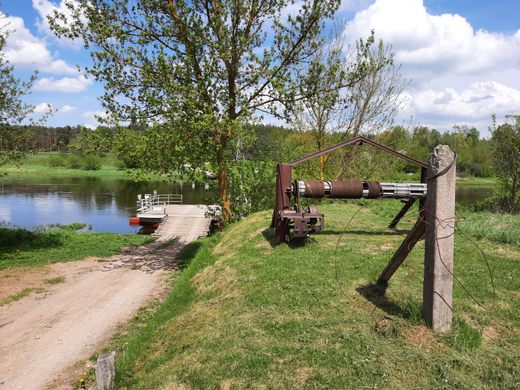
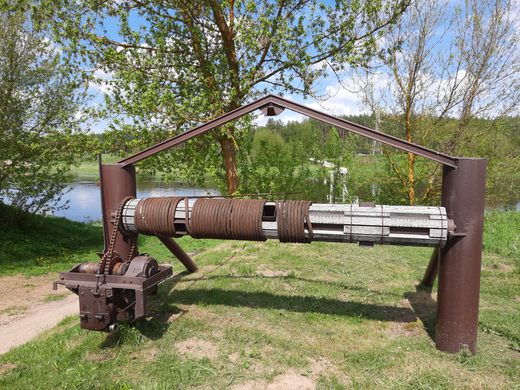
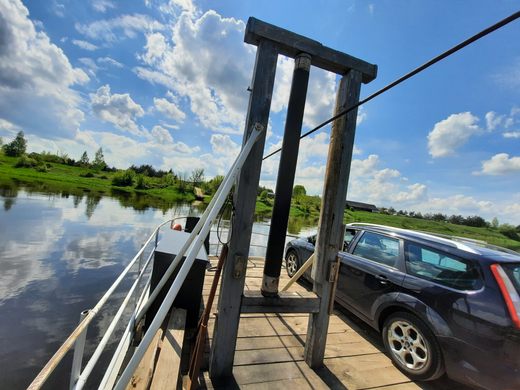
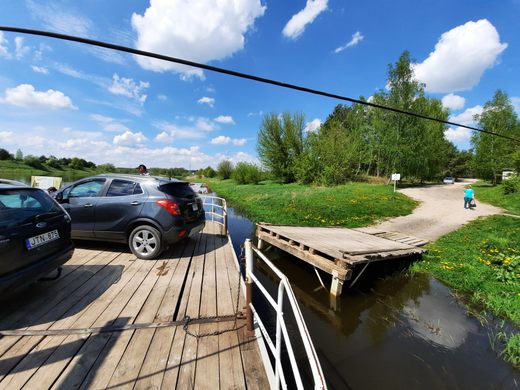
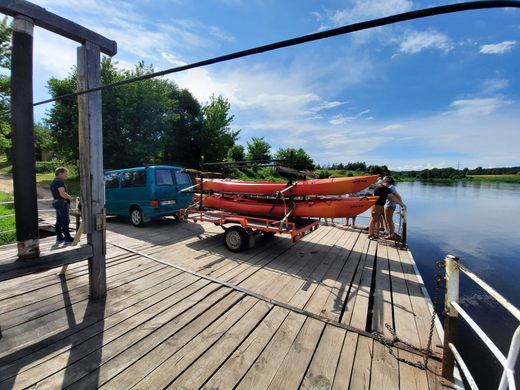
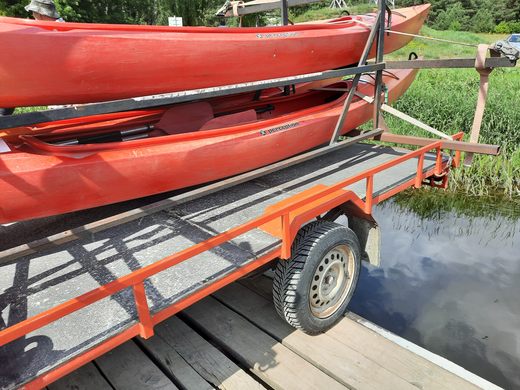







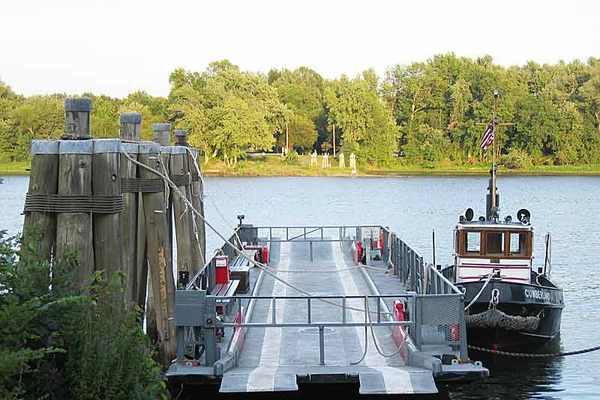




Follow us on Twitter to get the latest on the world's hidden wonders.
Like us on Facebook to get the latest on the world's hidden wonders.
Follow us on Twitter Like us on Facebook